In terms of coffee’s impact on our life today, I would offer the following as 10 things that everyone should know about coffee.
It’s grown by poor peasant farmers

70% of the world’s coffee is supplied by 25 million small independent, mostly peasant farmers who are paid a paltry sum of money for their intensely laborious work. Less than 1% of the price you pay for your daily cup of coffee actually goes to the peasant farmer. For the kilo of coffee that the cafe sells (via cups of coffee) for US$350, the peasant farmer is paid US$2.
It’s controlled by a few powerful global giants
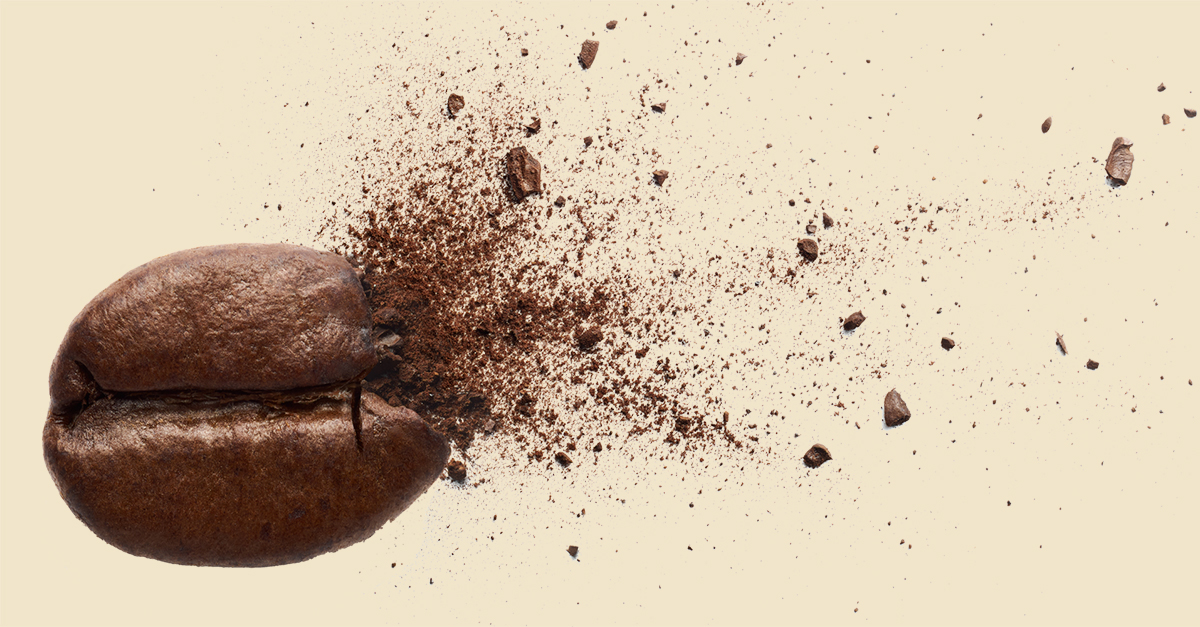
According to researchers Dicum and Luttinger, the global coffee trading system is “an intricate knot of economics, politics, and sheer power – a bizarre arena trod by giants; by some of the world’s largest transnational corporations, by enormous governments, and by vast trading cartels” This huge US$ 15.4 billion in 2009/10 global commodity terms, is significantly controlled by a few multi-national corporations including: Kraft, Philip Morris, Nestlé, Proctor and Gamble, Douwe Egberts Master Blenders and Tchibo. See comment by Arik Beremzon here. Also see Are we seeing a revolutionary shift from commodity trading to estate (terroir) marketing in coffee?
It has a global collaborative history
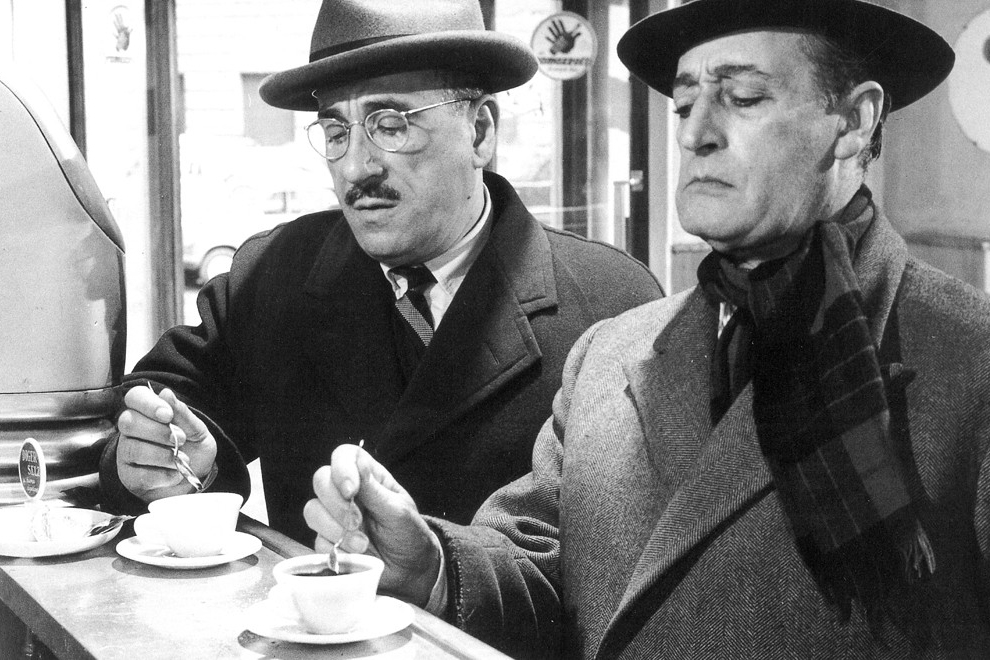
We owe what we enjoy as coffee today to the collaborative work of many people from many different nations: Starting with coffee’s evolutionary birthplace in the Rift Valley in Ethiopia, to the Dutch traders who broke a 700 year Arabian monopoly when they smuggled live beans from Arabia into Europe, to the French naval officer Gabriel Mathieu de Clieu whose one tree taken from Europe to the island of Martinique fostered the expansion of coffee to the great plantations of South America, to the German merchant Ludwig Roselius who successful developed the first commercial decaffeination process for coffee, to the Italian company Faema who gave us the E61 grouphead which is the world’s best standard for espresso coffee machines and to the Kiwi (David Strang), Japanese scientist (Satori Kato) and American (George Constant Louis Washington) who collectively contributed to the development of instant coffee and finally to the global growth in espresso coffee awareness with the marketing done by the American coffee chain – Starbucks. See Why did coffee become a popular beverage worldwide?
There are about 25 major species within the Genus “Coffea” but only two main species are cultivated for commercial coffee consumption
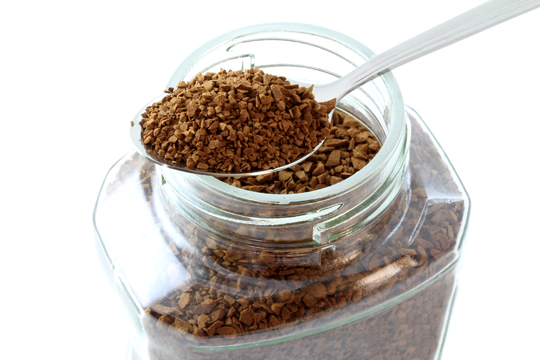
Coffea arabica (pronounced either a-rã-bik-a or ar-a-bë-ka) and Coffea canephora or Robusta. “Coffea Arabica” contributes about 70% of today’s coffee bean market and is considered dramatically superior in cup quality to other species which is why it is the dominant species used in specialty cafes. Robusta is higher in caffeine but is generally regarded as an inferior cup quality to Coffea Arabica and predominantly used in instant coffee production. See What are the different types of coffee beans?
That 16 coffee trees are needed to supply the average American’s yearly coffee drinking habit
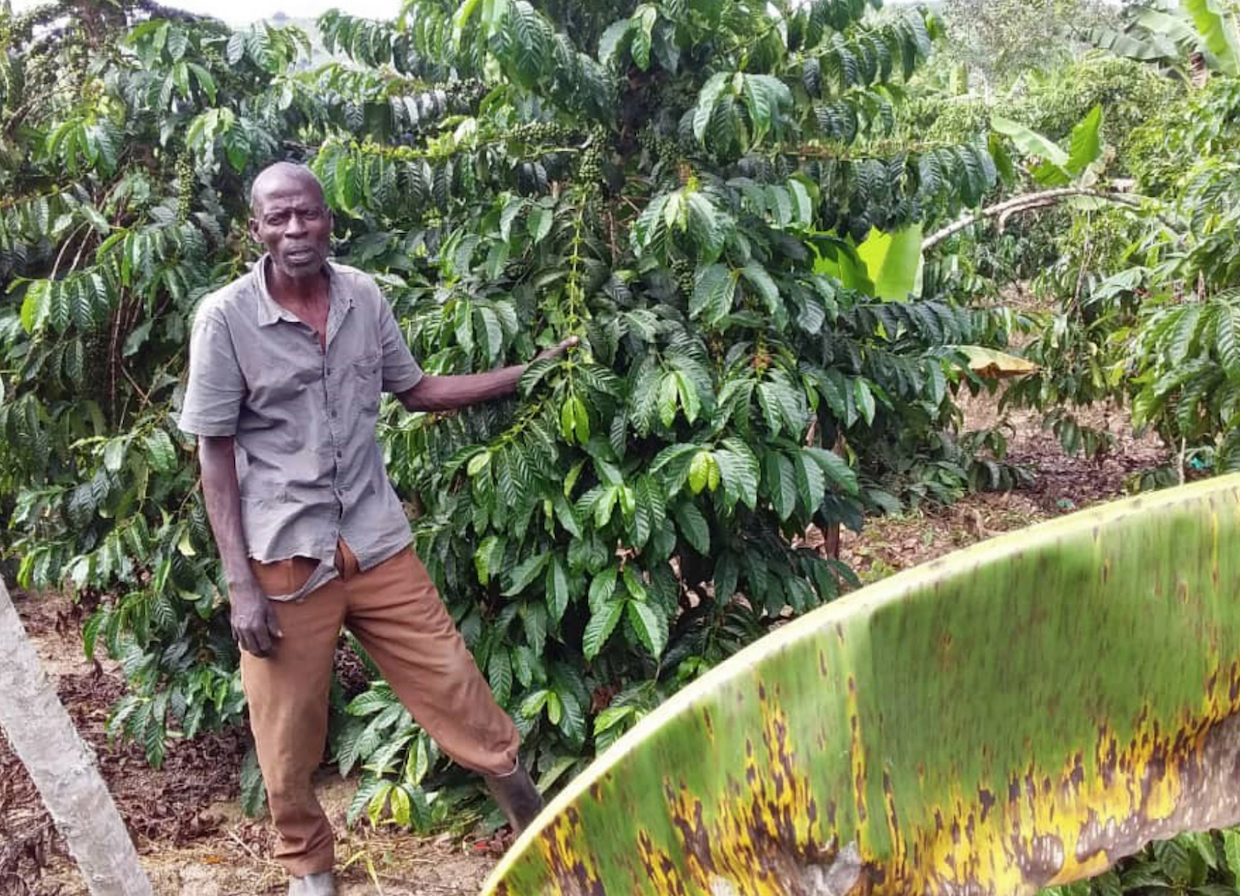
This also equates to about 16 sqm of farming space and is equivalent to about one days work for a coffee cherry picker. See the details here How many coffee plants would I need to take care of my own consumption?
That it takes 140 liters of water to produce 1 cup of coffee

Startling facts indeed, until you realize that a cup of apple juice, orange juice, wine and milk require significantly more water. See details here Is Andy Rubin right when he states that it takes about 140 liters (37 US gal) of water to grow the coffee beans needed to produce one cup of coffee?
That coffee will always smell better than it tastes

Because the most flavorsome of the 800 volatile chemical substances and aromatic compounds found in roasted Arabica coffee are so delicate that they dissipate readily when exposed to air or when subjected to the grinding process. See details here Why does coffee often smell better than it tastes?
The burnt aftertaste in coffee comes from Tannic acid not from burning the coffee or the milk

Tannic acid occurs naturally in coffee beans as a plant polyphenols (a defense against insect attack) and is a pure astringent which causes a bitter and constringing action when it comes in contact with the mucous tissues of the mouth. An expert barista knows how to extract the aromatic coffee oils without allowing this Tannic acid to leach into the cup. See What Attributes Set a Great Barista Apart From the Run-of-the-Mill?
There is about 75mg of caffeine in a 250ml (8oz) cup of espresso coffee

And it takes 6-10 hours for it to completely leave your system – brewed and drip coffee methods extract greater amounts of caffeine and decaf coffee still contains 2-3% of the caffeine content. Research shows that an intake of caffeine greater than 220mg (three cups of coffee) per day has been associated with increased anxiety and impaired sleep. See Caffeine and Decaffeinated Espresso Coffee
Recent research has discovered some health benefits from coffee consumption
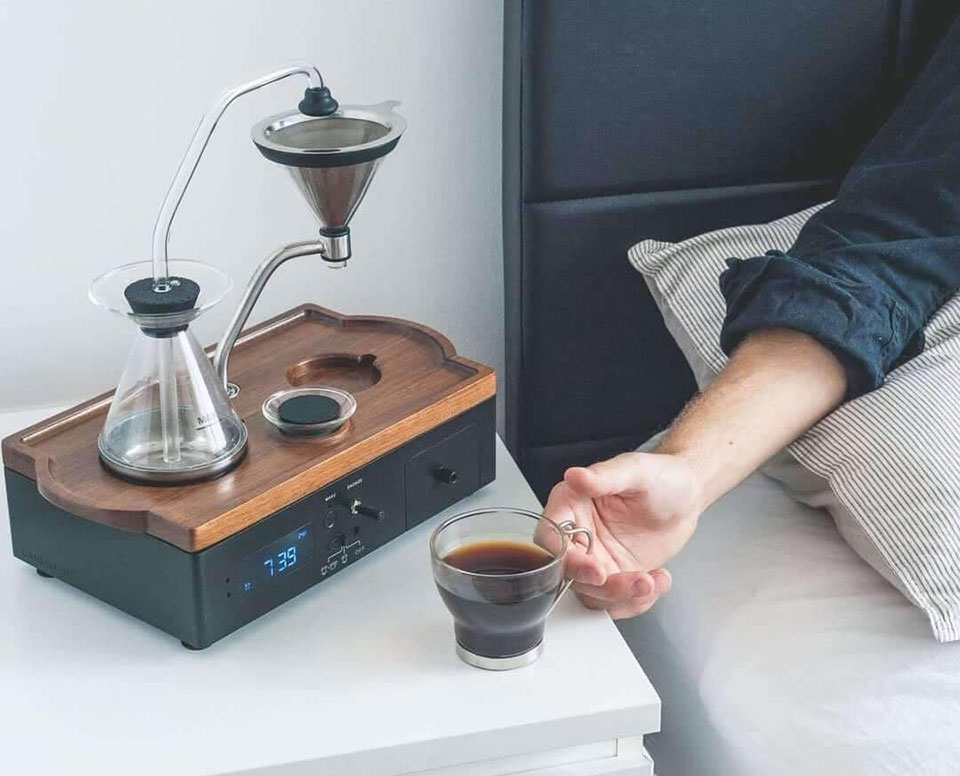
Indicating that a higher daily coffee consumption results in a lower risk of diabetes, cardiovascular disease, cancer, Alzheimer’s, and a host of other chronic diseases, including obesity. See this 2012 article Discovering Coffee’s Unique Health Benefits – 2 – Life Extension
About the writer: Peter Baskerville, founded, owned and managed over 15 cafes and made over 100,000 cups of coffee.




